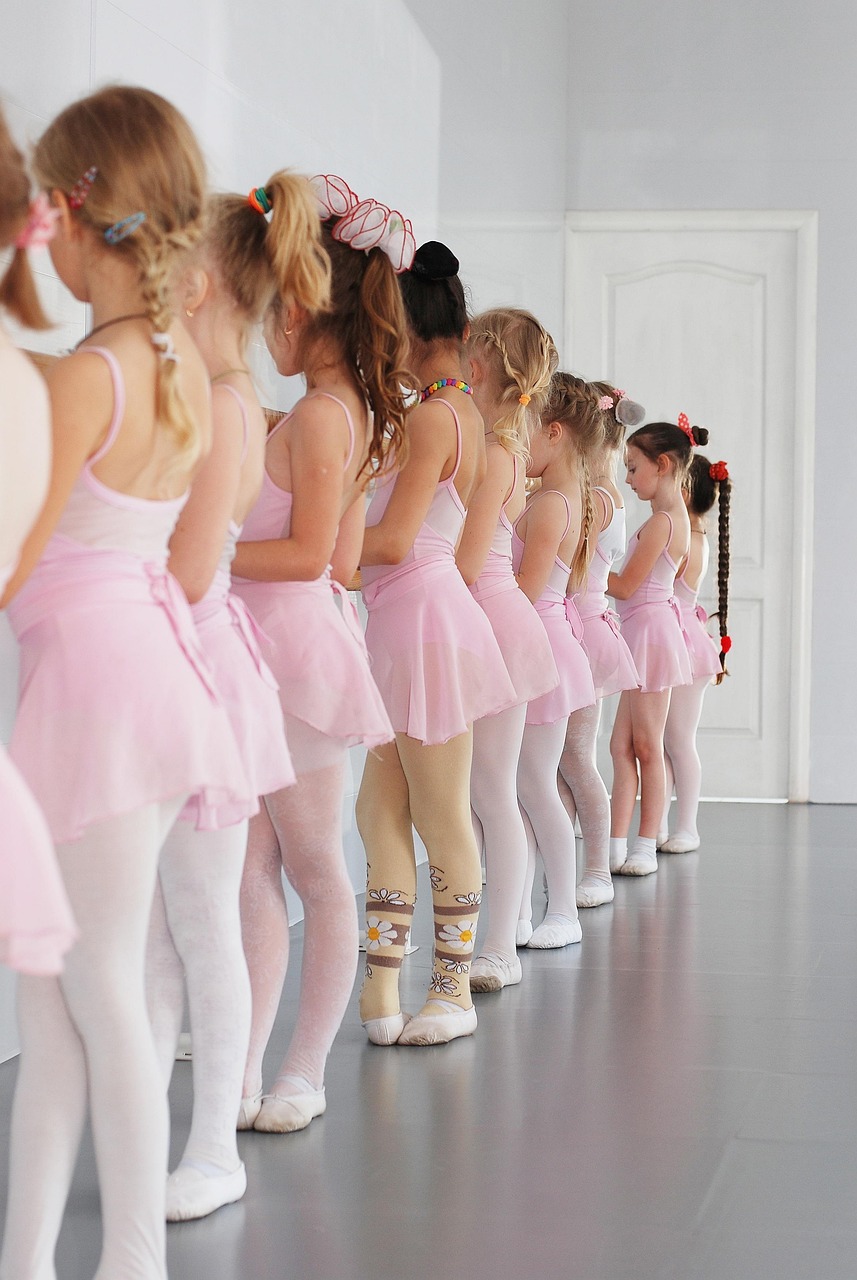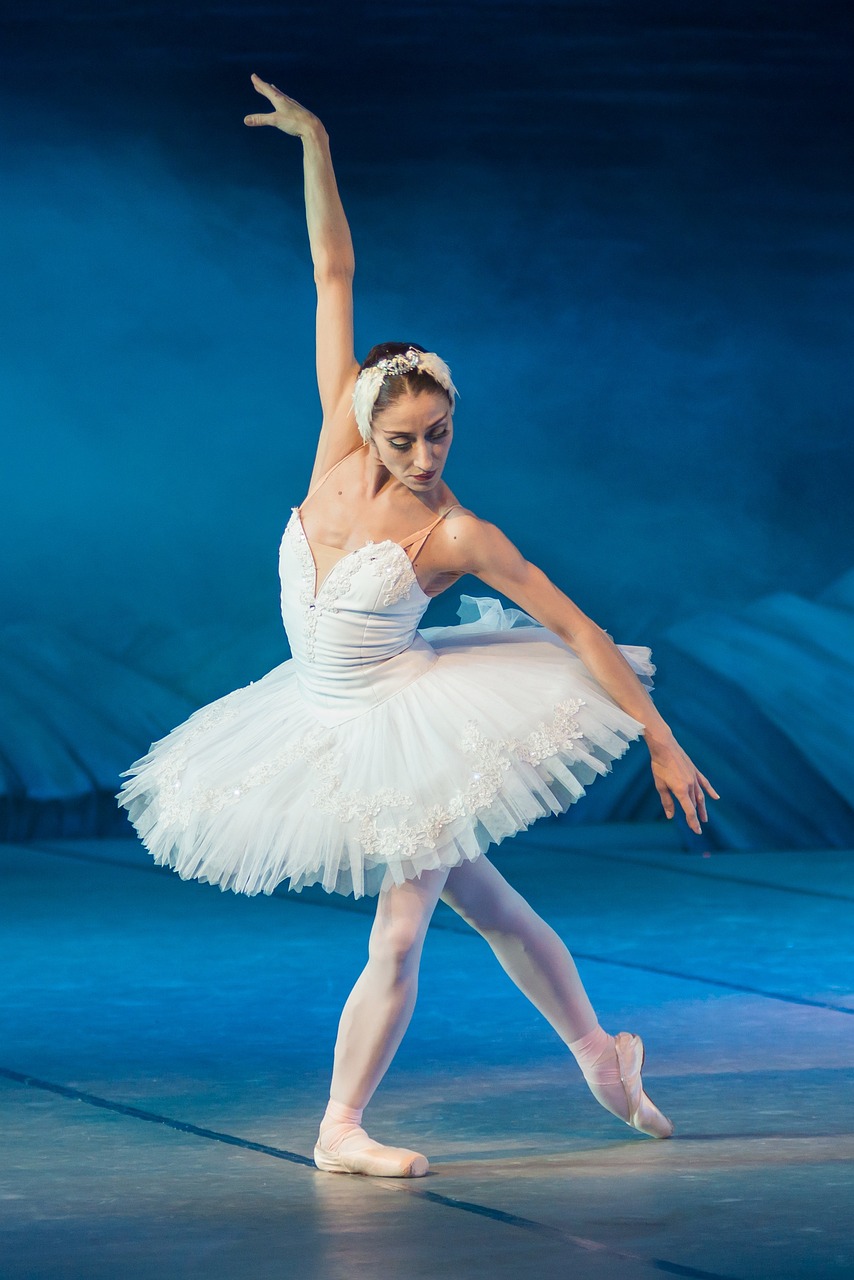TL;DR
- Ballet dancers are susceptible to injuries, especially in lower extremities.
- Prevention involves proper warm-ups, correct technique, and cross-training.
- Adequate rest, nutrition, and hydration are crucial for recovery and tissue health.
- Always listen to your body and seek professional help for persistent pain.
- Prioritizing safety and wellness ensures a long and healthy dance career.
Ballet is a beautiful and demanding art form that requires immense strength, flexibility, and precision. While it offers incredible physical and artistic rewards, dancers are also susceptible to a range of injuries due to the repetitive movements, extreme ranges of motion, and high impact involved. Understanding common ballet injuries and, more importantly, how to prevent them, is crucial for a long and healthy dance career.
Common Ballet Injuries
Dancers often experience injuries in the lower extremities, but issues can arise throughout the body. Some of the most common include:
- Ankle Sprains: Often occur during jumps, landings, or turns, especially if the ankle rolls inward or outward.
- Achilles Tendinitis: Inflammation of the Achilles tendon, usually due to overuse, sudden increases in training intensity, or improper footwear.
- Shin Splints (Medial Tibial Stress Syndrome): Pain along the shin bone, often caused by repetitive impact on hard surfaces, inadequate footwear, or sudden increases in training.
- Knee Issues: Patellofemoral pain syndrome (runner’s knee), meniscal tears, or ligament sprains can result from improper alignment, weak surrounding muscles, or sudden twists.
- Hip Impingement/Tendinitis: Pain in the hip joint or surrounding tendons, often related to deep turnout, overuse, or muscular imbalances.
- Stress Fractures: Tiny cracks in bones, most commonly in the feet or shins, caused by repetitive stress without adequate recovery.
- Back Pain: Can stem from poor posture, weak core muscles, excessive arching, or repetitive bending and twisting.
Key Prevention Strategies
Preventing injuries in ballet is a multi-faceted approach that involves proper training, self-care, and listening to your body.
1. Proper Warm-up and Cool-down
- Dynamic Warm-up: Before class, engage in dynamic movements that gradually increase heart rate and prepare muscles and joints for activity. This includes leg swings, arm circles, gentle pliés, and tendus.
- Static Cool-down: After class, perform static stretches (holding stretches for 20-30 seconds) to improve flexibility and aid muscle recovery. Focus on major muscle groups used in ballet.
2. Correct Technique and Qualified Instruction
- Foundation is Key: Learning and consistently applying correct ballet technique from the beginning is paramount. Improper alignment and compensatory movements are major causes of injury.
- Experienced Teachers: Seek out qualified instructors who prioritize safe dance practices, provide clear corrections, and understand anatomy and kinesiology.
3. Strength and Conditioning (Cross-Training)
- Beyond the Barre: Supplement your ballet training with cross-training activities that build overall strength, stability, and endurance.
- Core Strength: A strong core is fundamental for stability, balance, and protecting the spine. Incorporate planks, Pilates, and other core exercises.
- Targeted Strengthening: Focus on strengthening muscles that support common weak areas in dancers, such as glutes, hamstrings, and intrinsic foot muscles.
4. Flexibility and Mobility
- Safe Stretching: While flexibility is crucial, overstretching or forcing turnout can lead to injury. Work within your natural range of motion and gradually increase flexibility.
- Mobility Work: Incorporate exercises that improve joint mobility, especially in the hips and ankles.
5. Appropriate Footwear
- Ballet Slippers: Ensure your ballet slippers fit correctly – snug but not painfully tight, allowing for proper articulation of the foot.
- Pointe Shoes: Pointe shoes must be professionally fitted and only worn when a dancer has developed sufficient strength, technique, and bone maturity, under the strict guidance of a qualified instructor. Improper pointe work is a leading cause of severe foot and ankle injuries.
6. Rest and Recovery
- Adequate Sleep: Sleep is when the body repairs and rebuilds. Aim for 7-9 hours of quality sleep per night.
- Active Recovery: Gentle activities like walking, swimming, or light stretching can help reduce muscle soreness and improve blood flow on rest days.
- Avoid Overtraining: Recognize the signs of overtraining (persistent fatigue, decreased performance, increased irritability) and allow your body sufficient time to recover between intense sessions.
7. Nutrition and Hydration
- Fuel Your Body: A balanced diet rich in macronutrients and micronutrients supports muscle health, bone density, and energy levels.
- Stay Hydrated: Dehydration can lead to muscle cramps and fatigue, increasing injury risk. Drink water consistently throughout the day.
Listening to Your Body and Seeking Professional Help
- Pain vs. Soreness: Learn to differentiate between muscle soreness (normal after exertion) and pain (a signal of potential injury). Do not dance through sharp or persistent pain.
- Early Intervention: If you experience pain, address it promptly. Ignoring symptoms can lead to more severe and chronic injuries.
- Consult Professionals: Don’t hesitate to seek advice from a sports medicine doctor, physical therapist, or dance-specialized physiotherapist. They can diagnose injuries, provide rehabilitation, and offer personalized prevention strategies.
Conclusion
Injury prevention is an ongoing commitment for every dancer. By prioritizing proper warm-ups, refining technique, incorporating cross-training, ensuring adequate rest, and listening attentively to your body’s signals, you can significantly reduce your risk of injury. A proactive approach to health and wellness will not only keep you dancing safely but also enhance your performance and enjoyment of this beautiful art form for years to come.

